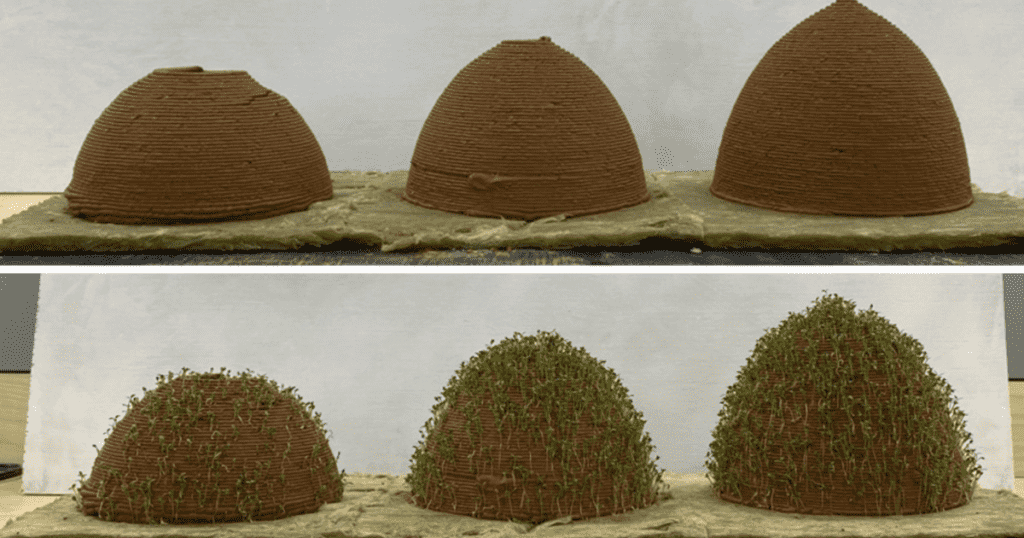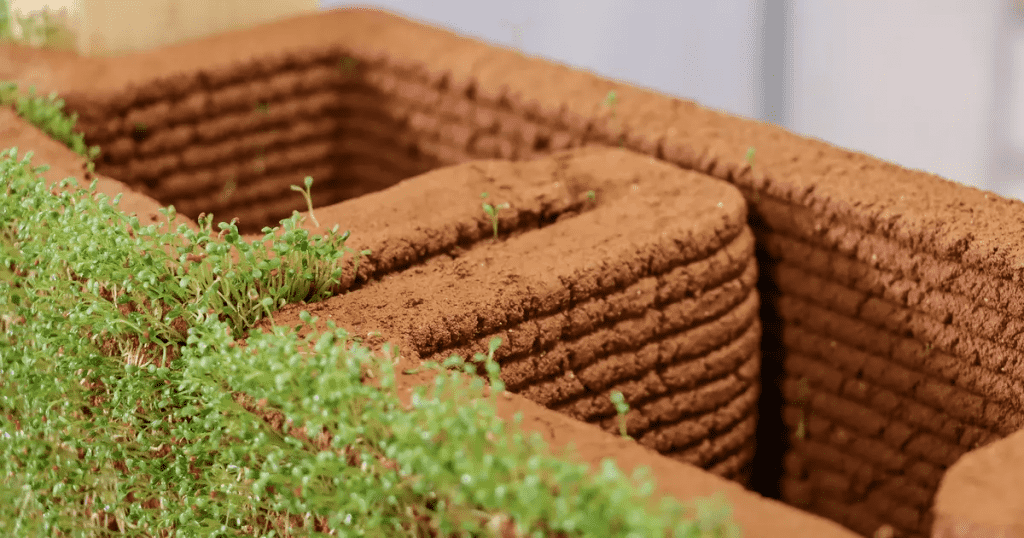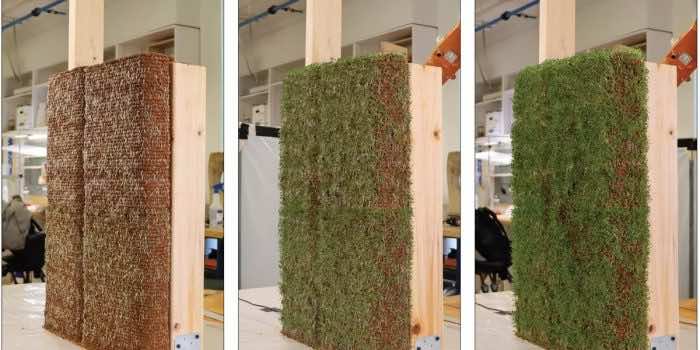Today we are talking about 3D printing technology, which is gaining ground in different fields, thanks to scientific advancement. Recently, we encountered another milestone that is edging closer to its development and will bring us promising results. It has been reported that a team of scientists from the University of Virginia is signaling the possible arrival of a 3D-printed soil structure that can nurture plants on its surface. It’s really exciting to see what’s in the details, as the project would also be useful in achieving sustainability and promoting the concept of a green environment. Moreover, the research has been published in the journal Additive Manufacturing.

However, it has to be noted that researchers have opted for a method known as “seed-impregnated soil,” which will ultimately help in generating plants for walls and roofs. In a bid to complete the project, Assistant professor Ji Ma, Research Professor David Carr, and Assistant Professor Ehsan Baharlou from UVA, have collaborated with each other and worked on 3D printing complex structures, which eventually started to look like “raw-Earth” structures. After some time, they took up a green envelope, resembling much more the real plants out there. Hence, the prototype went really well.

According to Baharlou, “We moved to soil-based ‘inks’ to derive additional benefits from circular additive manufacturing. We are working with local soils and plants mixed with water; the only electricity we need is to move the material and run a pump during printing. If we don’t need a printed piece or if it isn’t the right quality, we can recycle and re-use the material in the next batch of inks.”
Similarly, a student named Spencer Barnes also contributed to this project and experimented with two methods by using a 3D printer. One of them was to print successive layers of soil and seed, and the other one was to add a few sprinkles of dirt and dust to the mixture, just before printing. He was, therefore, satisfied with the results of both techniques and had also manufactured a cylindrical prototype of his concept.

According to Ma, “3D-printed soil tends to lose water more quickly and keeps a stronger grip on the water it has. Because 3D printing makes the environment around the plant drier, we have to incorporate plants that like drier climates. The reason we think this is the case is that the soil gets compacted. When the soil is squeezed through the nozzle, air bubbles are pushed out. When the soil loses air bubbles, it holds onto water more tightly. “
As already noted, the research was proven successful and generated positive results. Seeing the achievement, scientists started to practically print the walls of about 1 meter for the initial stages.
Ma further stated, “Regardless of the material – plastic, metal, clay, soil, or plant life – in the end, it’s a material problem. The additive manufacturing process creates uncertainties and opportunities within the material system you’re working with that are different from conventional systems. You can approach this in different ways. You can try to avoid it and be afraid of it. Or you can try to control it and take advantage. That’s the long-term goal of our research program.”


